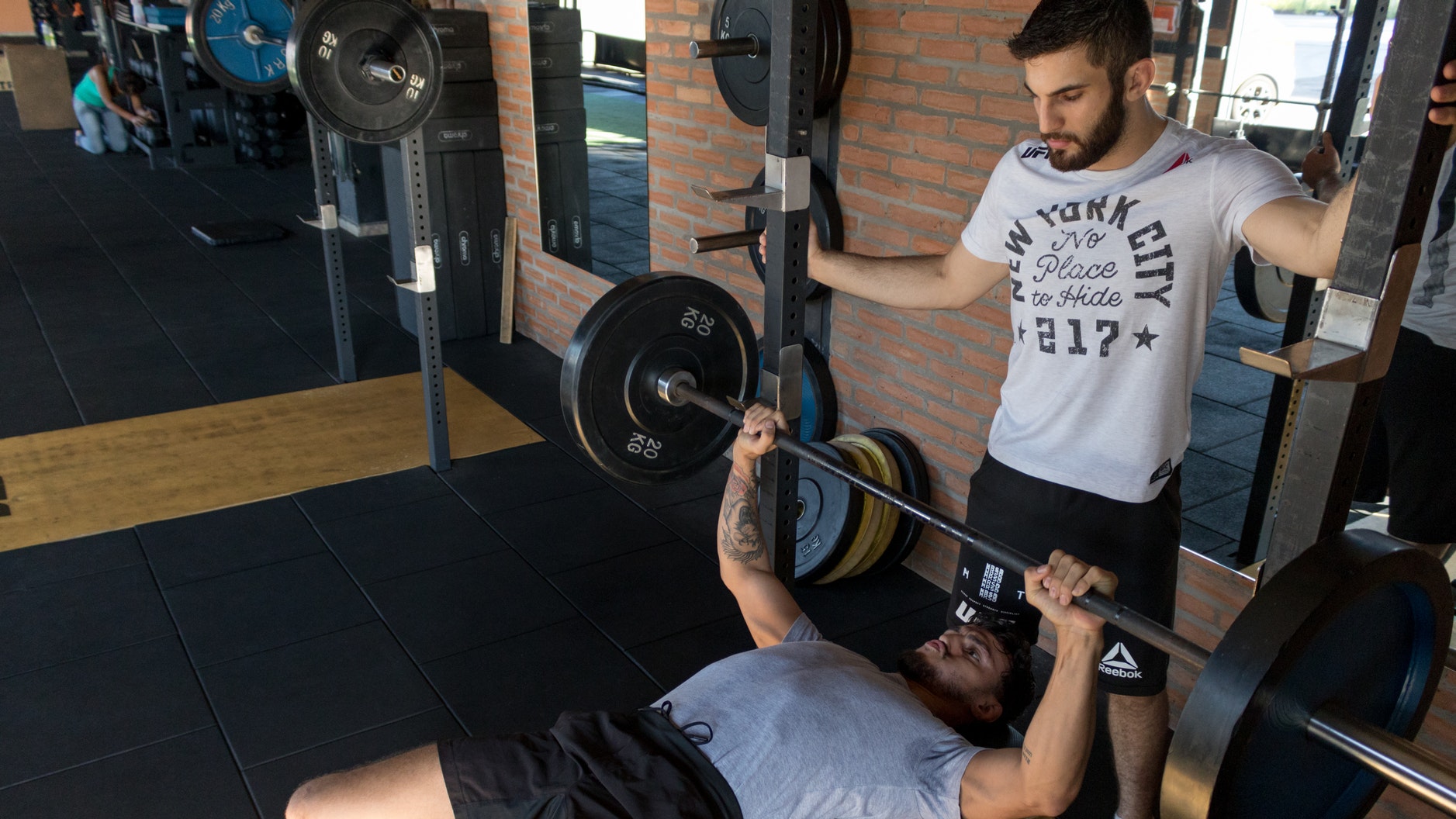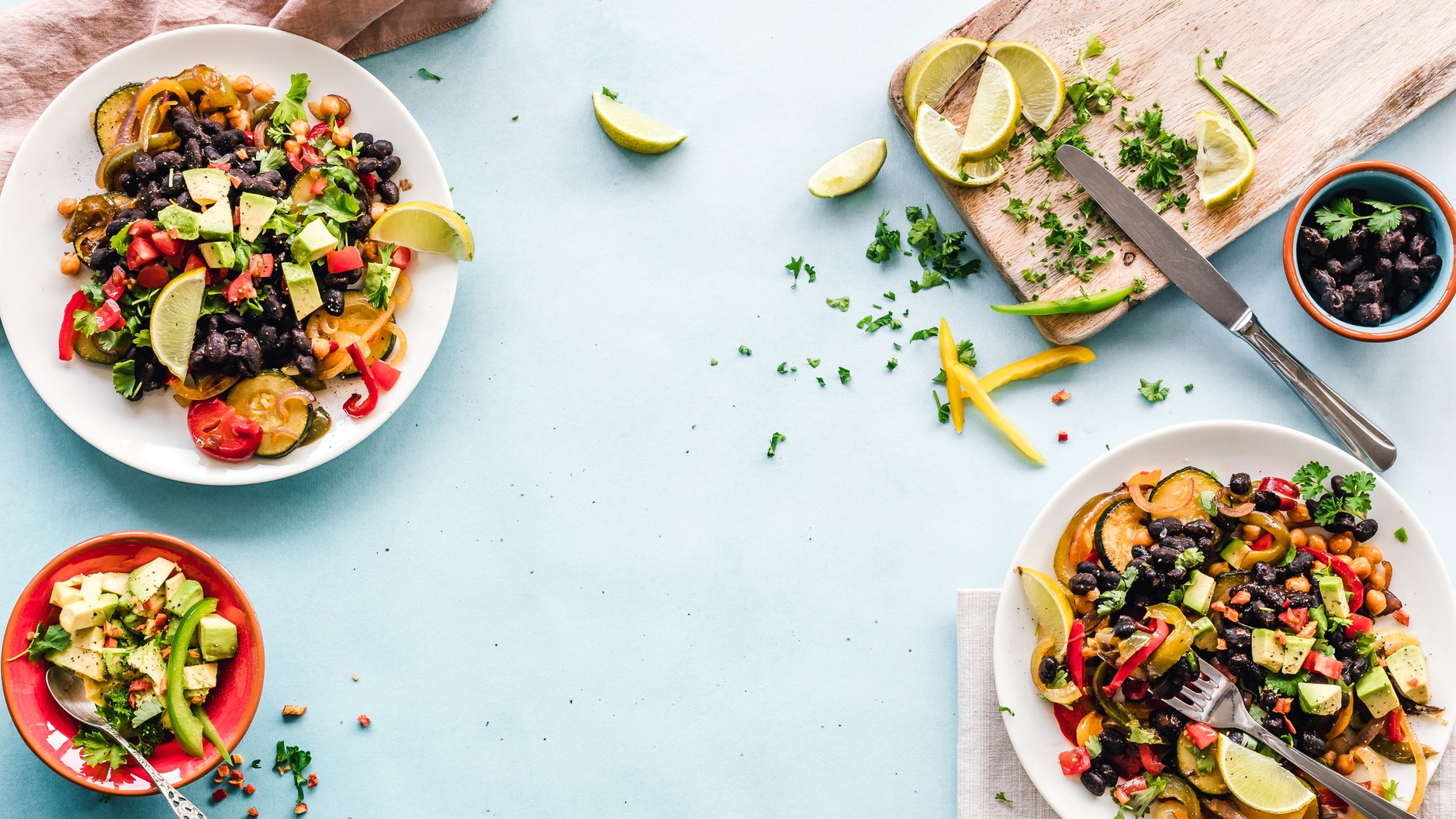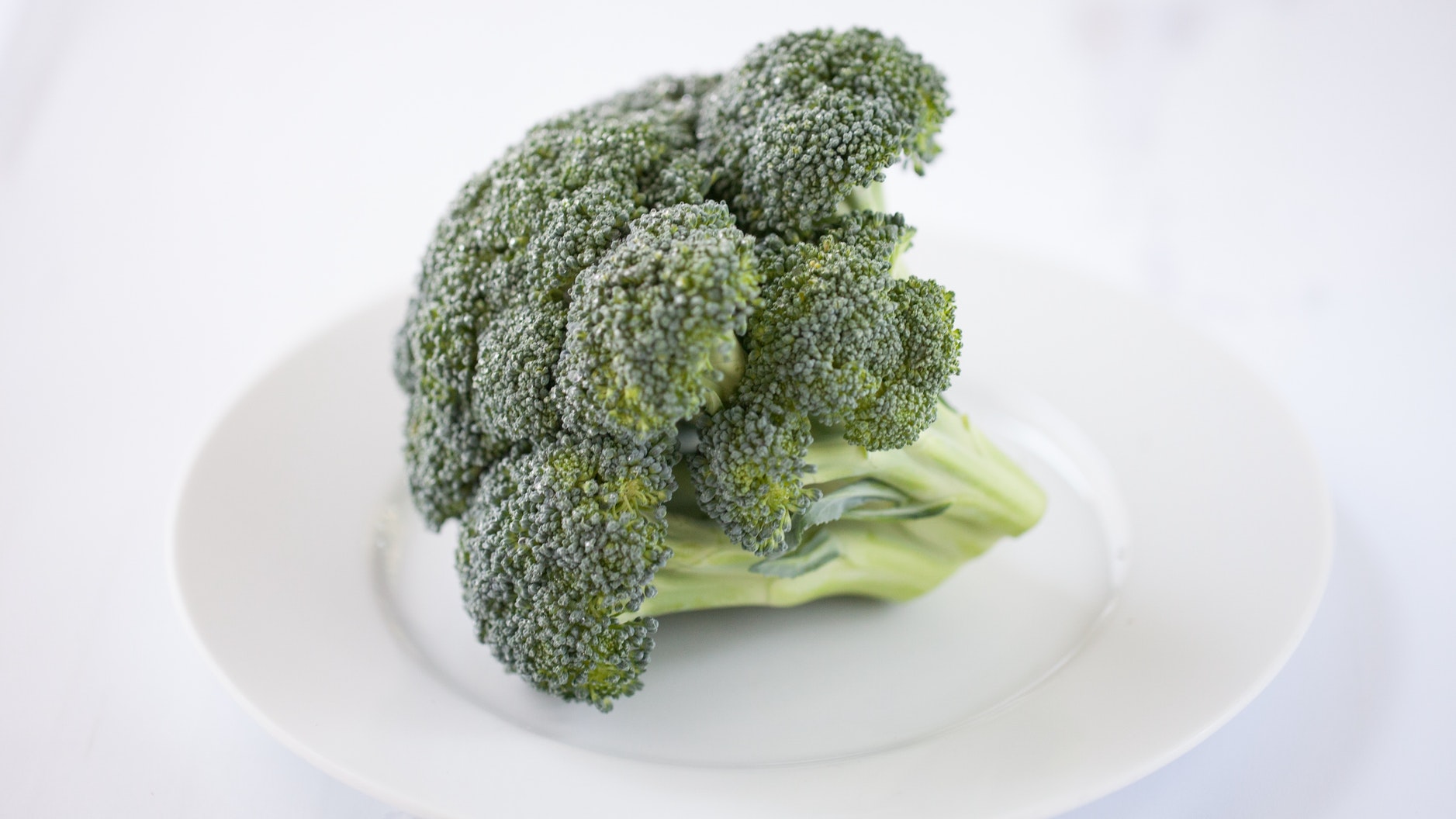In 2012 Merriam-Webester’s Collegiate Dictionary added the term flexitarian, which is defined as “one whose normally meatless diet occasionally includes meat or fish”.
You may be thinking, isn’t that just a vegetarian who cheats? Well yes, technically that’s what it means. The term flexitarian is a portmanteau between flexible and vegetarian, so it literally means a flexible vegetarian.
Despite the demand for meat, there have been an increasing number of people becoming flexitarians. More and more people are ditching daily meals containing meat; but, instead of becoming strict vegetarians, they will indulge occasionally. Thus flexitarians are also called semi-vegetarians and the two terms are used interchangeably.
While most people are either meat consumers or meat avoiders, flexetarians are meat reducers. These individuals, like vegetarians, consider the ethical and health issues that arise by eating meat. If everyone in the US reduced their meat consumption by just 20%, it would have the same impact as everyone switching to electric cars. It has that much impact. What’s more, red meat is labeled as a probable carcinogen (something that causes cancer) and processed meat is a carcinogen.
For these reasons and many more, it may be time to switch our diets. Here’s how and why:
How to Start a Flexitarian Diet

There are different definitions as to how much meat reduction constitutes a flexitarian diet. According to Emma Derbyshire who wrote a review of evidence-based literature on the flexitarian diet for the Journal of Frontiers in Nutrition, one publication states that a SVD is defined as “… significantly reducing meat intake on at least 3 days of the week”. This may not be a lot, but for the studies Derbyshire reviewed the definition varied, so this is a good baseline to go off of. Keep this in mind when we go over the health benefits of the diet.
A good way to start a flexitarian diet is by reducing meat consumption two days out of the week. As you start to get used to the small reduction, start reducing meat more days out of the week. To get the most out of this diet, try to significantly reduce meat consumption five days a week. Dawn Jackson Blatner, a registered dietician and author of The Flexitarian Diet, says she eats about nine ounces of meat a week and it’s been optimal for her health. She also says to not worry about how much meat to limit, rather, you should focus on how many vegetarian meals you can eat.
Blatner would agree the most important part about the flexitarian diet is being flexible. Many people focus on limiting meat and being a vegetarian, but that’s not how it should be. Vegetarians place a much larger emphasis on ethical issues, whereas flexitarians are mainly in it for health reasons.
Try to make eating healthy a challenge, or even a game. There are many different vegetarian recipes that are quite delicious. Think of meat as a side dish and soon you will see your dishes becoming more diverse and lavish. This diet should promote a mindset of healthy eating and help establish healthy habits over time.
Benefits of Being Flexitarian
One of the biggest reasons someone starts a diet is because of body weight. An individual’s body weight is seen as an indicator of not only physical health, but mental health as well. We subconsciously (or sometimes consciously) judge people based on their weight for many reasons and this is why people want to lose weight.
A Korean study compared postmenopausal women on a SVD to those on a non-vegetarian diet (NVD). After studying these women for over 20 years, researchers found body weight, body mass index, and body fat percentage to be lower in the SVD group.
Another study utilizing cross-sectional data from 71,751 participants in the Adventist Health Study showed BMI was highest in NVD (28.7 kg/m2), slightly lower for SVD (27.4 kg/m2), and the lowest for vegetarians (24.0 kg/m2). A similar study of 9,113 young Australian women also concluded that SVD individuals had a lower BMI. They also concluded that these individuals were more likely to exercise.
The women in the Korean study were also found to have lower glucose, insulin levels, and homeostatic model assessment of insulin resistance. These women also had lower blood pressures. Research using data from India’s National Health Survey, which included 156,317 individuals, found that the SVD diet was associated with a reduced likelihood of diabetes compared to the NVD. Cross-sectional data from the Adventist Health Study also found that the prevalence of metabolic syndrome was lower in SVD than NVD.
An additional benefit of the SVD is in cases of inflammatory bowel disease (IBD). Researchers found the diet can help prevent relapse of symptoms in patients with the disease. The team later concluded that the increased fiber and overall healthiness of the diet could be an effective treatment to those suffering from Crohn’s Disease.
Conclusion
Recently the number of semi-vegetarians, or flexitarians, has risen considerably. These individuals refrain from eating meat like vegetarians but are known to indulge occasionally. The main focus of the flexitarian diet is flexibility. In other words, individuals on this diet receive some of the health benefits of the vegetarian diet without being constrained in a certain diet. Although some may argue the flexibility could be one’s undoing in the long run, it’s the flexibility that builds healthy habits and character.
Want to diet and lose weight but not sure what to eat? Sign up with Modern Fit and receive a tailored nutrition plan to help you reach your goals. It also comes with a tailored workout plan to help you get there faster!



